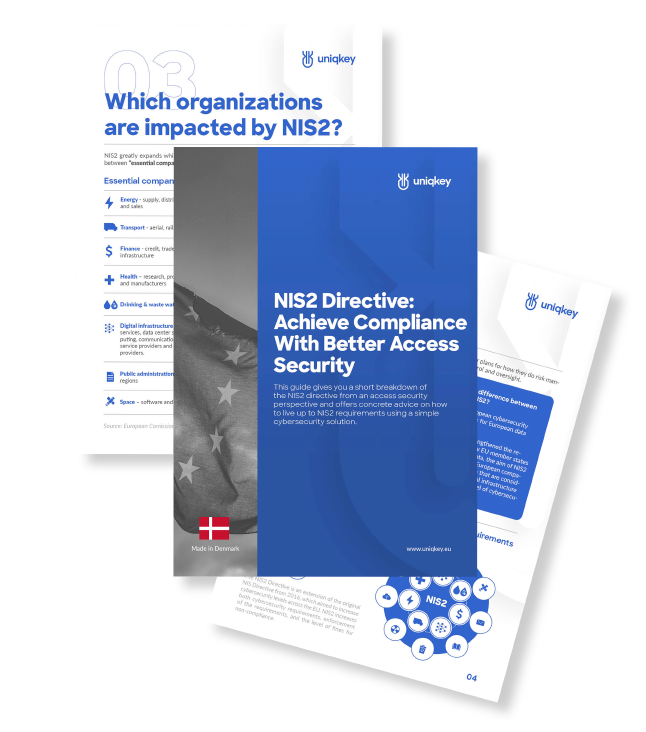IMPORTANT ENTITY
Research Sector
Learn how the NIS2 Directive affects organizations in the research sector.
The Research Sector
As an important contributor to innovation and progress, the research sector is a valuable target for cybercriminals seeking to steal sensitive research data or disrupt critical systems.
The new NIS2 Directive recognizes the importance of the research sector and includes it as a critical infrastructure sector, subject to specific cybersecurity requirements.
Key Cybersecurity Challenges For The Research Sector
Intellectual Property Theft
The research sector generates tons of valuable intellectual property, which cybercriminals may seek to steal for personal profit or state-sponsored espionage.
Ransomware Attacks
Ransomware attacks can have a devastating and crippling impact on research organizations, which may be forced to pay the large ransom or face permanent data loss.
Data Breaches
Research data is often highly confidential, and its loss can have dire consequences. Data breaches can result in reputational damage, loss of funding, and regulatory fines.
Legacy Systems
Many research organizations continue to rely on legacy systems and infrastructure. These systems may not receive regular security updates, making them more susceptible to attacks..
Insider Threats
Employees or contractors with authorized access to research data can intentionally or unintentionally misuse that access to leak sensitive information.
Third-party Risk
Third-party partners can create risks for research organizations as they provide critical services like data storage and analysis, and may not have the same cybersecurity standards.
The Implications of NIS2 For The Research Sector
Managing massive amounts of highly valuable, but confidential data, the research sector will be impacted in various ways by the NIS2 Directive. Below are some of the most significant ways the revised directive will affect the European research community.

INTERNATIONAL COMPLIANCE CHALLENGES
The research sector is highly international, with many collaborations and partnerships spanning multiple countries. The NIS2 Directive’s requirements may differ from other countries’ regulations, creating compliance challenges for research organizations involved in international collaborations. This could impact the pace and scope of international research collaborations, particularly for smaller organizations that may struggle to comply with multiple regulatory regimes.
improved cybersecurity awareness
The research sector is known for its decentralized nature, which can make it more challenging to implement consistent cybersecurity policies and practices. The NIS2 Directive’s requirements will necessitate greater awareness and training for employees in research organizations to identify and mitigate cybersecurity threats. This will help to improve the overall cybersecurity posture of research organizations and their ability to comply with the directive.
IMPROVED DATA PROTECTION AND PRIVACY
The research sector deals with a large volume of sensitive data, including personal health information, genetic data, and intellectual property. The NIS2 Directive’s provisions for data protection and privacy will have significant implications for the sector. Research organizations will need to comply with multiple regulations, such as GDPR and the NIS2 Directive, to ensure the protection of their data. Moreover, sharing data across borders is crucial for research collaboration, but the regulation may affect this practice, which could pose a challenge for organizations.
IMPACT ON THE research industry
The NIS2 Directive will likely require research organizations to investment in additional security measures and staff to ensure compliance. Non-compliance with the directive’s security obligations could result in fines and penalties, creating financial risks for non-compliant organizations. However, the directive’s emphasis on collaboration and information sharing could lead to the development of stronger cybersecurity measures within research organizations, benefiting both the organization and the wider research community.
Get NIS2 Complaint (Whitepaper):
Time is running out to comply with NIS2 regulations. Starting your compliance journey sooner rather than later is crucial.
A typical NIS2 compliance process, including security assessments, auditing, consulting, and tool implementation, takes approximately 12 months.
For practical advice on how to comply with the requirements, check out our NIS2 white paper.

